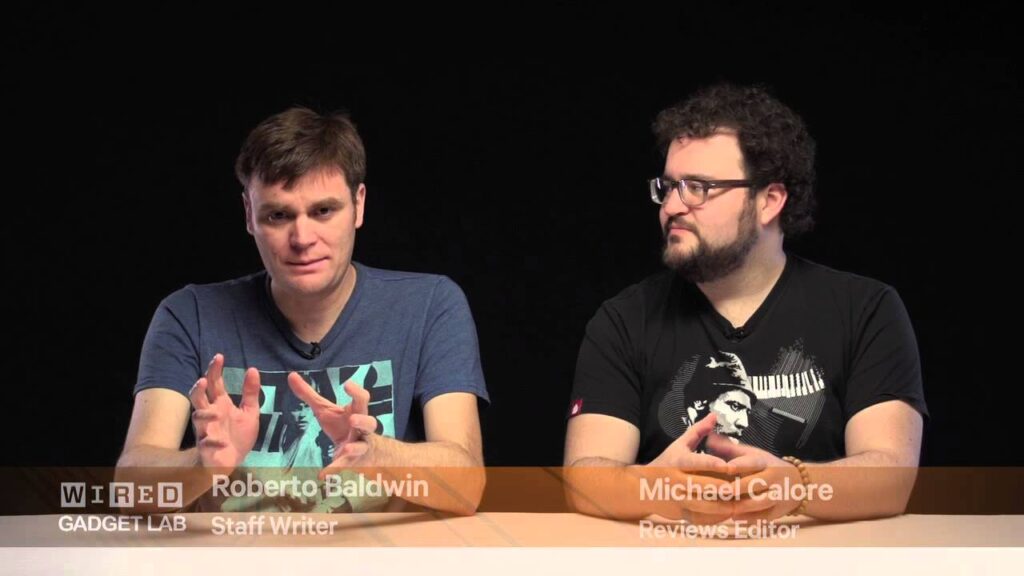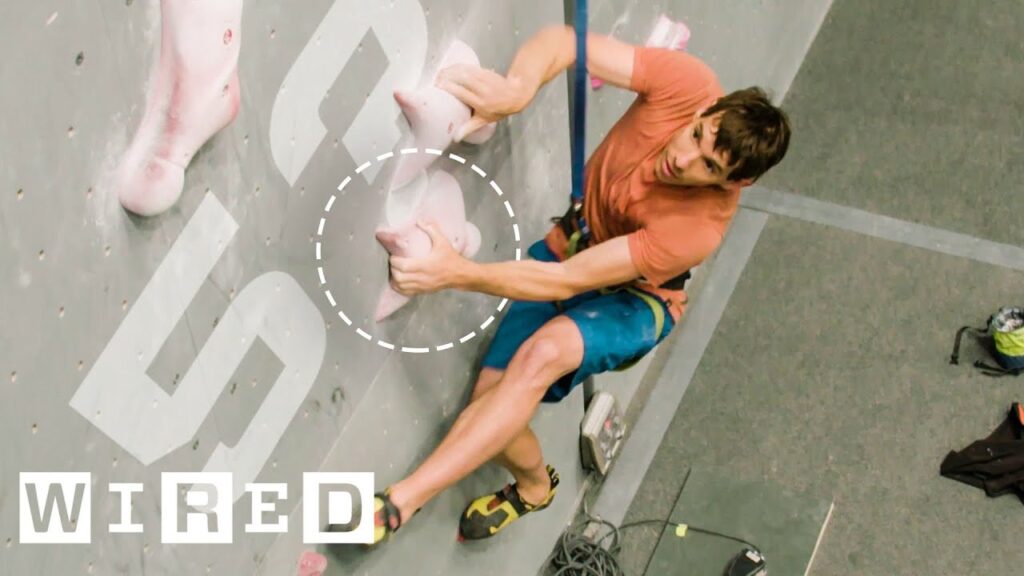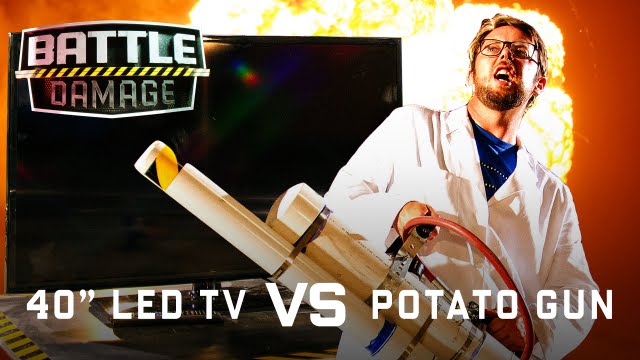Determining Bullet Trajectories in Crime Scenes
Summary
In this article, we explore how forensic analysts determine bullet trajectories at a shooting scene. We discuss the three categories of ballistics and how they relate to the path a bullet takes and the surface it hits. We also explain how to determine directionality of bullets in a crime scene, calculate the angles at which bullets entered a car door, and how to visualize the trajectory of a bullet using a laser and long exposure photography or reflection off a white car. Finally, we discuss the use of string and laser scanning in ballistic analysis to determine the trajectory of bullets in crime scenes.
Table of Contents
- The Three Categories of Ballistics
- Determining Directionality of Bullets
- Calculating Bullet Entry Angles
- Visualizing Bullet Trajectory
- String and Laser Scanning in Ballistic Analysis
- Conclusion
The Three Categories of Ballistics
Ballistics is the analysis of projectile motion, and forensic ballistics focuses on firearms-related projectiles. There are three categories of ballistics: internal, external, and terminal. Internal ballistics deals with the motion of the bullet inside the firearm, external ballistics deals with the motion of the bullet in flight, and terminal ballistics deals with the bullet’s interaction with the target. Understanding these categories is important because they all relate to the path a bullet takes and the surface it hits.
Determining Directionality of Bullets
At a crime scene, determining the entrance and exit of a bullet is crucial in figuring out what happened and how it happened. Bullet wipe and directionality can help determine the bullet’s trajectory and the surface it hit. The shape of the bullet hole can indicate the direction of travel, and bullets can cause asymmetrical damage as they move along a surface. Entrance holes can provide clues about the direction of the bullet, and the preservation of paint around a hole can indicate the point of impact.
Calculating Bullet Entry Angles
Calculating the angles at which bullets entered a car door is important in determining the trajectory of the bullet. This can be done using an inclometer and a protractor. By measuring the angles of the bullet holes on the car door, analysts can determine the angle at which the bullet entered the door.
Visualizing Bullet Trajectory
Visualizing the trajectory of a bullet can be done using a laser and long exposure photography or reflection off a white car. By shining a laser through the bullet hole and capturing the path of the laser with a camera, analysts can determine the trajectory of the bullet. Reflection off a white car can also be used to visualize the trajectory of a bullet.
String and Laser Scanning in Ballistic Analysis
String can be attached to the damage on a wall and run through a hole in a window to determine the area where a bullet came from. Laser scanning with the Leica RTC 360 allows for precise measurements and visualization of the point cloud, which can be viewed from different angles. Laser scanning is objective and captures everything in its field of view, making it useful for later investigations. The cone of tolerance can show the margin of error in trajectory analysis.
Conclusion
Determining bullet trajectories in crime scenes is crucial in figuring out what happened and how it happened. By understanding the three categories of ballistics, determining directionality of bullets, calculating bullet entry angles, visualizing bullet trajectory, and using string and laser scanning in ballistic analysis, forensic analysts can piece together the events of a shooting. The skills needed for ballistic analysis require hundreds of hours of experience and training, making it a highly specialized field.







